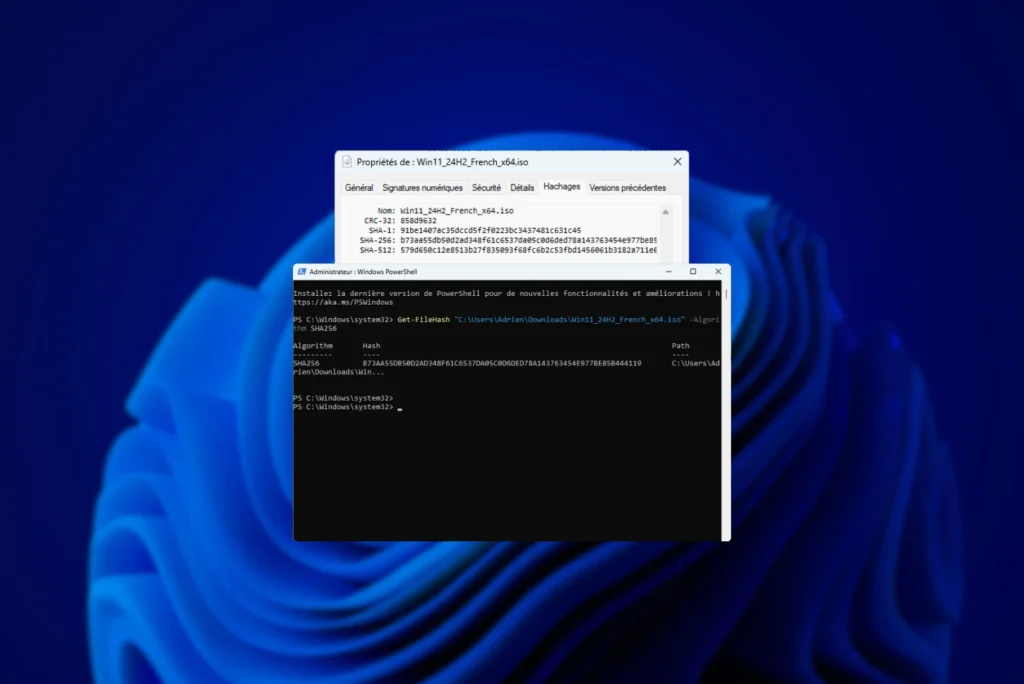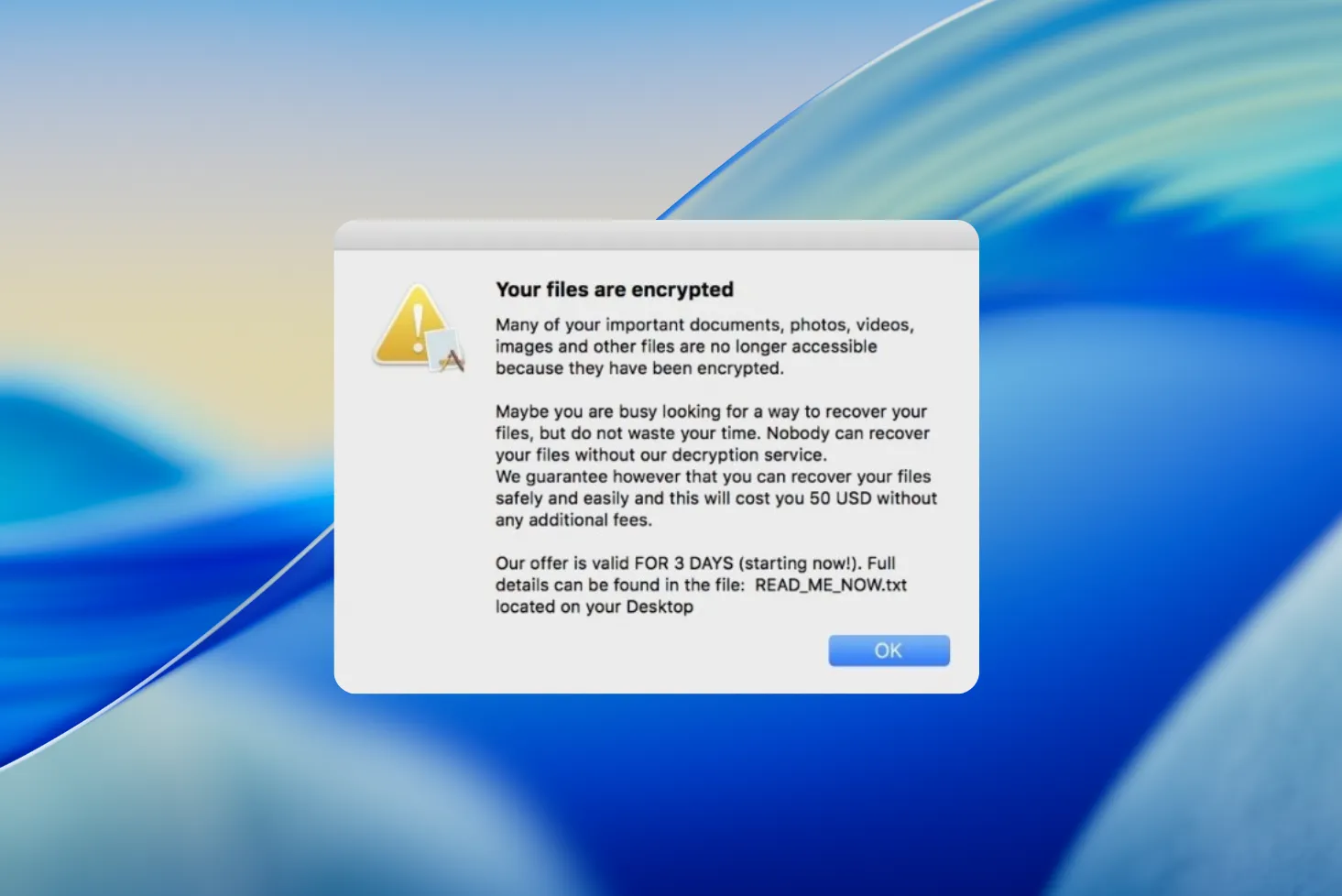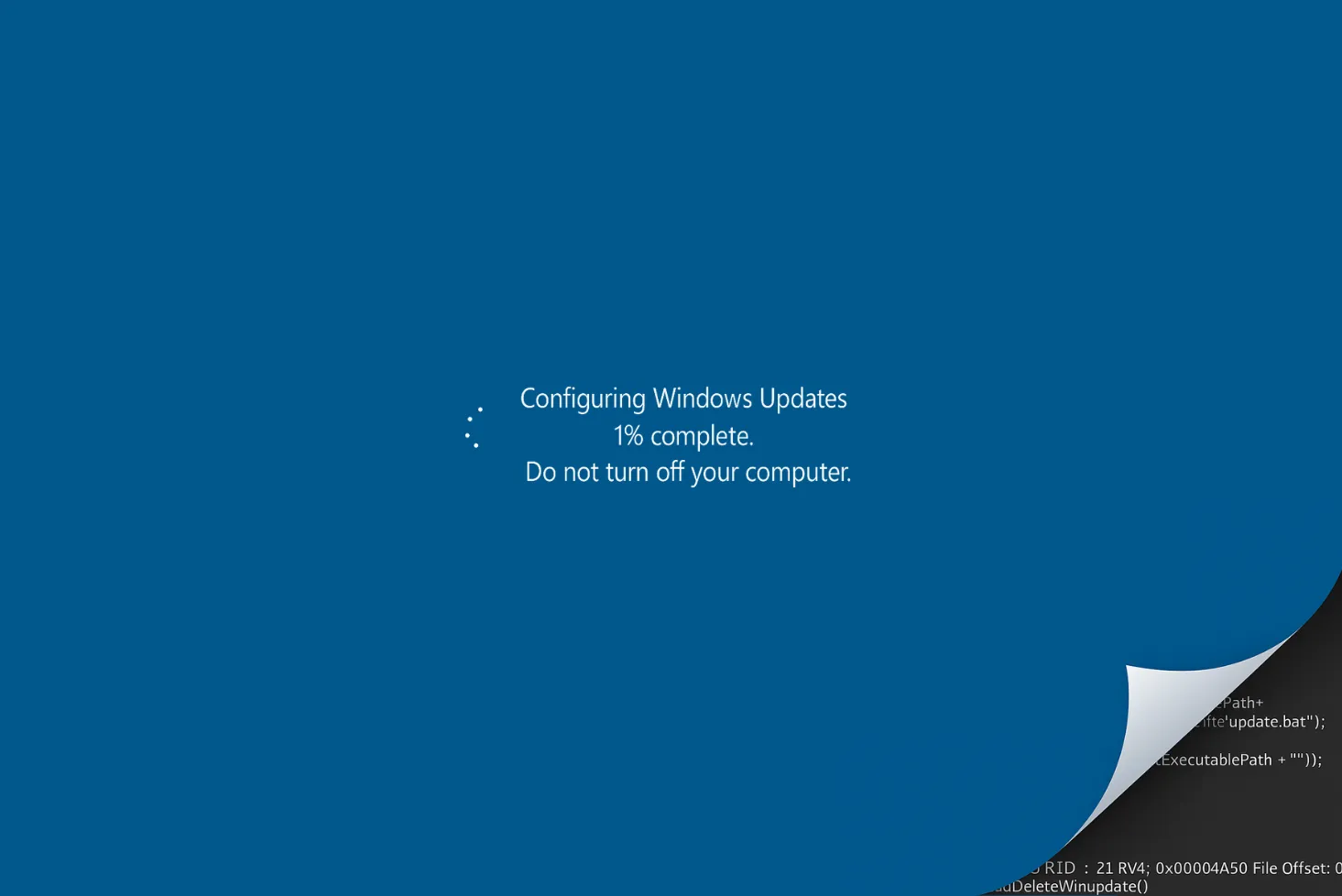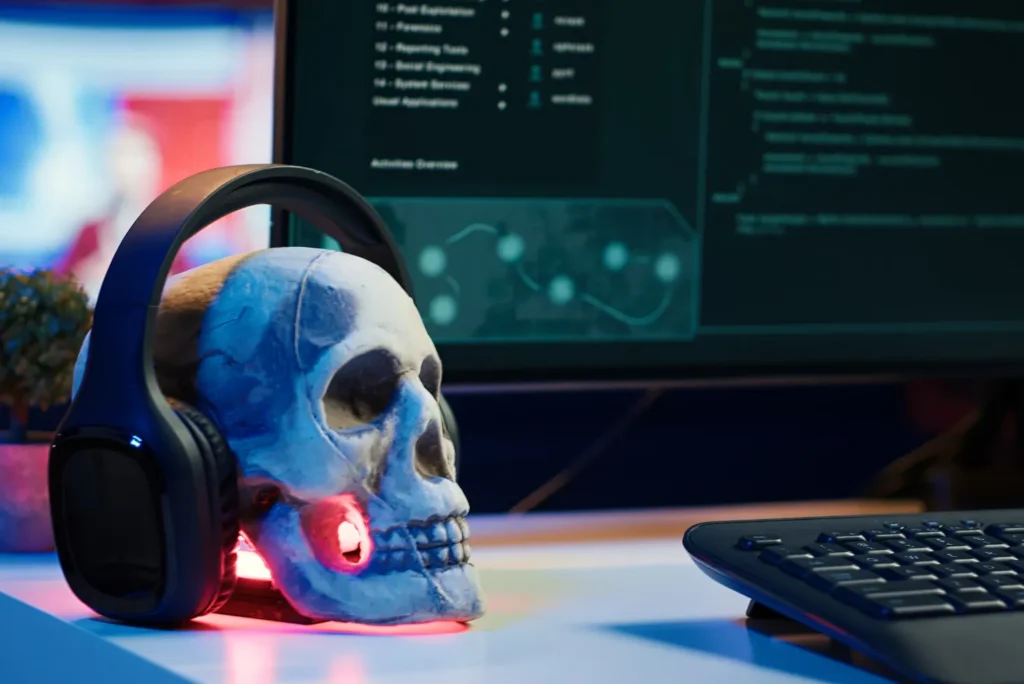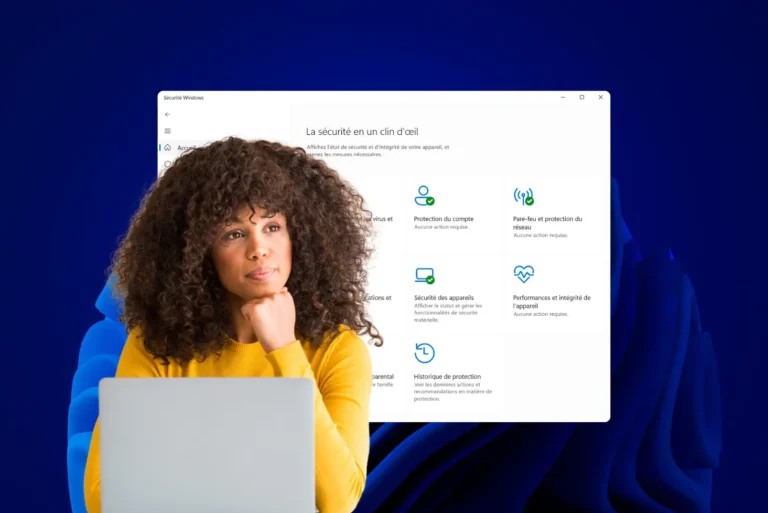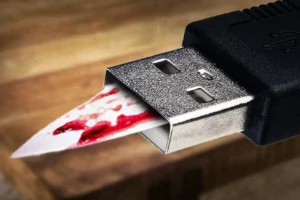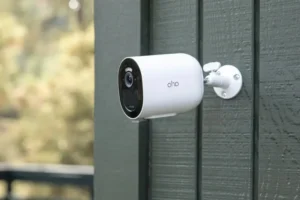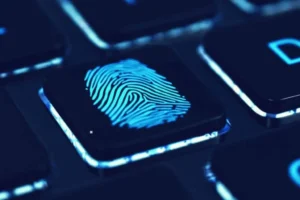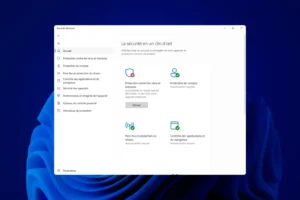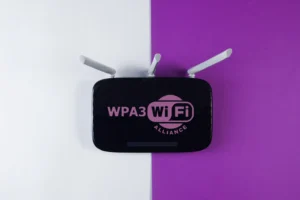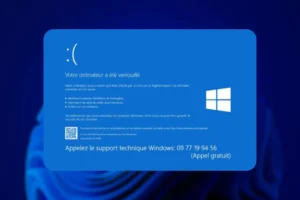Many users rely on their webcam’s indicator light to tell them whether it’s working. But is it really a foolproof security system? Hackers are sometimes able to take control of a webcam remotely, which raises a double concern: can they spy without the user noticing, and can they disable the LED to mask their intrusion? This article explores the real risks of remote intrusion and how to protect your privacy against these threats.
Is your computer’s webcam secure?
Can my PC’s webcam be hacked?
With the spread of teleworking and videoconferencing, the webcam has become an essential tool for many users. However, it is also a prime target for hackers. So the question arises: is it really possible for a malicious individual to take control of your camera without your consent?
Yes, a webcam can be hacked.
A security camera installed in your home can also be hacked if not properly secured. These cameras operate via the Wi-Fi network or a wired connection to the Internet, which exposes them to risks.
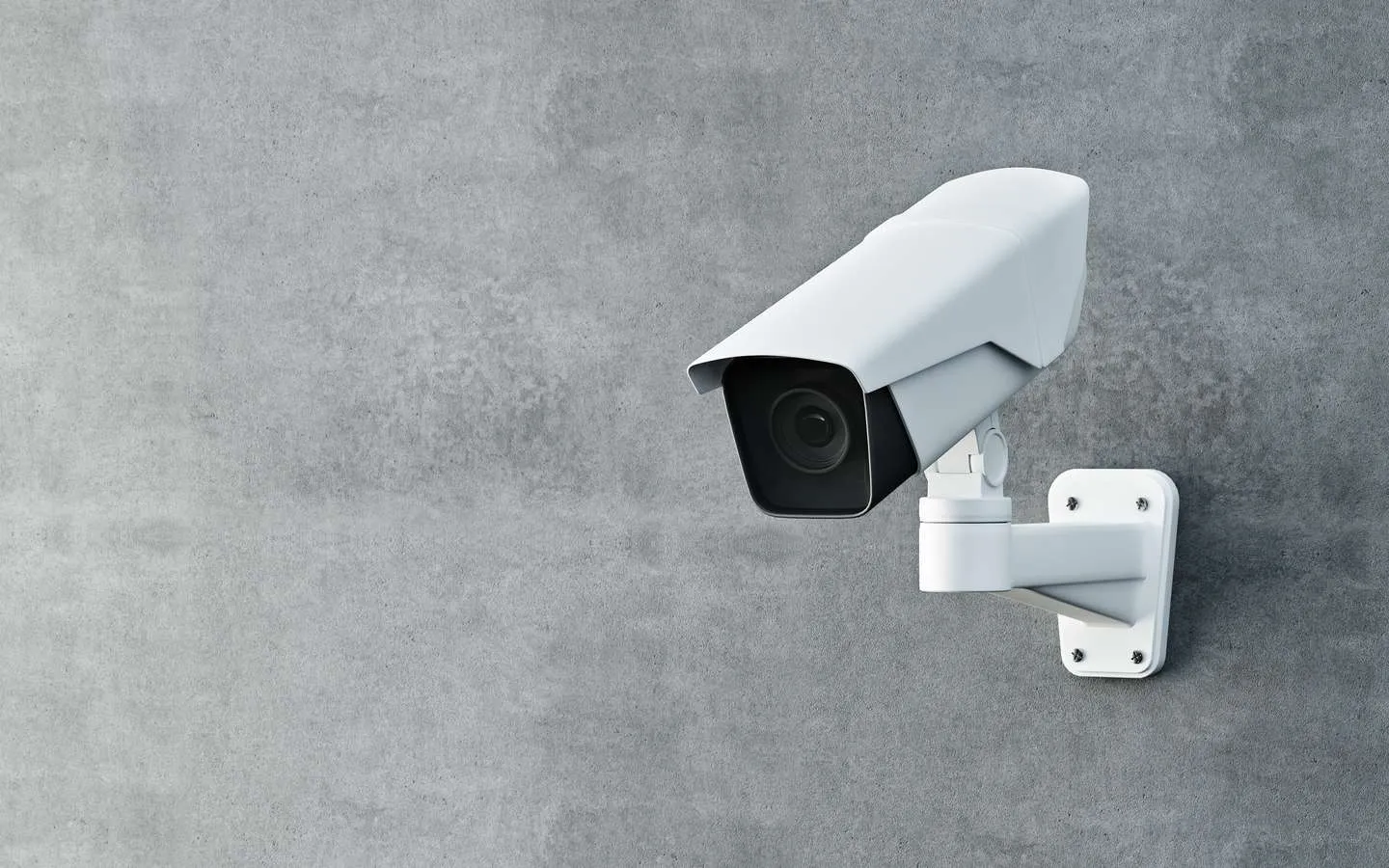
Cybercriminals use a variety of methods to gain remote access to computer webcams. The most common techniques include :
Malware and Trojans
One of the most common methods of hacking a webcam is to infect the computer with malware such as a RAT (Remote Access Trojan). This type of malware enables an attacker to take control of a PC remotely, from its webcam without triggering the warning light. These programs are generally installed via :
- Fraudulent attachments in phishing e-mails.
- Pirated software downloaded from unreliable sources.
- Dummy updates or plug-ins that prompt you to install a malicious program.
- Infected websites exploiting browser security vulnerabilities.
Once in place, the RAT can activate the camera without leaving a visible trace, and even record images or video before sending them discreetly to a remote server.
Exploiting system security vulnerabilities
Hackers regularly look for vulnerabilities in operating systems (Windows, macOS, Linux) or device drivers. An unpatched vulnerability can allow an attacker to access the webcam without the need to install malware.
Some exploits also allow access to webcams via poorly protected online services, notably those that use WebRTC to manage video communication directly via a browser.
Hijacking legitimate software
Legitimate applications such as Zoom, Skype or Microsoft Teams require webcam access. A hacker who has compromised your user account could take advantage of this to remotely activate the webcam by exploiting these programs.
What’s more, some third-party software may require excessive access to the webcam. So it’s important to check regularly which programs have access permissions, and revoke those that are not justified.
Exploiting connected objects and remote access
If your webcam is an external USB camera or a network-connected IP camera, it may be exposed to attacks via the Internet. Hackers can scan ranges of IP addresses for cameras that have been misconfigured or protected by default credentials.
Some vulnerabilities allow access to video streams from poorly secured cameras without even the need for malware. To avoid this :
Signs that your webcam may be hacked
The fear of a hacked webcam is not unfounded: malicious software does exist, enabling ill-intentioned individuals to take control of a computer’s camera without the user’s consent. However, there are several signs that may indicate that an intrusion has taken place. Here are the main symptoms to look out for in order to detect a possible hack.
Webcam LED lights up for no reason
Most built-in webcams have an indicator light that comes on when the camera is in use. If you notice this light flashing or staying on when you haven’t opened an application that requires the camera (Zoom, Skype, Teams, etc.), this could be a sign of remote control.
Unusual use of system resources
An active webcam-related process may manifest itself as abnormal use of your computer’s resources. If your device heats up more than usual, or if your task manager (Windows) or activity monitor (macOS) displays a program using the camera when no legitimate application is running, this may be an indicator of intrusion.
Unknown video files or images on your hard drive
Some malware records video or takes screenshots via the webcam and stores these files on the computer before sending them to a remote server. If you discover recordings you don’t remember, this could be proof that your webcam has been exploited without your knowledge.
Strange behavior in webcam software
If your webcam refuses to activate or is triggered without any action on your part, this may indicate external access. Similarly, frequent errors, a black screen in videoconferencing applications or modified permissions in system settings should alert you.
Modifying security settings
Some spyware modifies webcam settings to allow remote access. Regularly check the permissions granted to applications in your system settings. If an unknown application has gained access to the camera without your intervention, it’s advisable to uninstall it immediately.
- Press
Win + Ito open Windows settings. - Go to Privacy & Security > Camera.
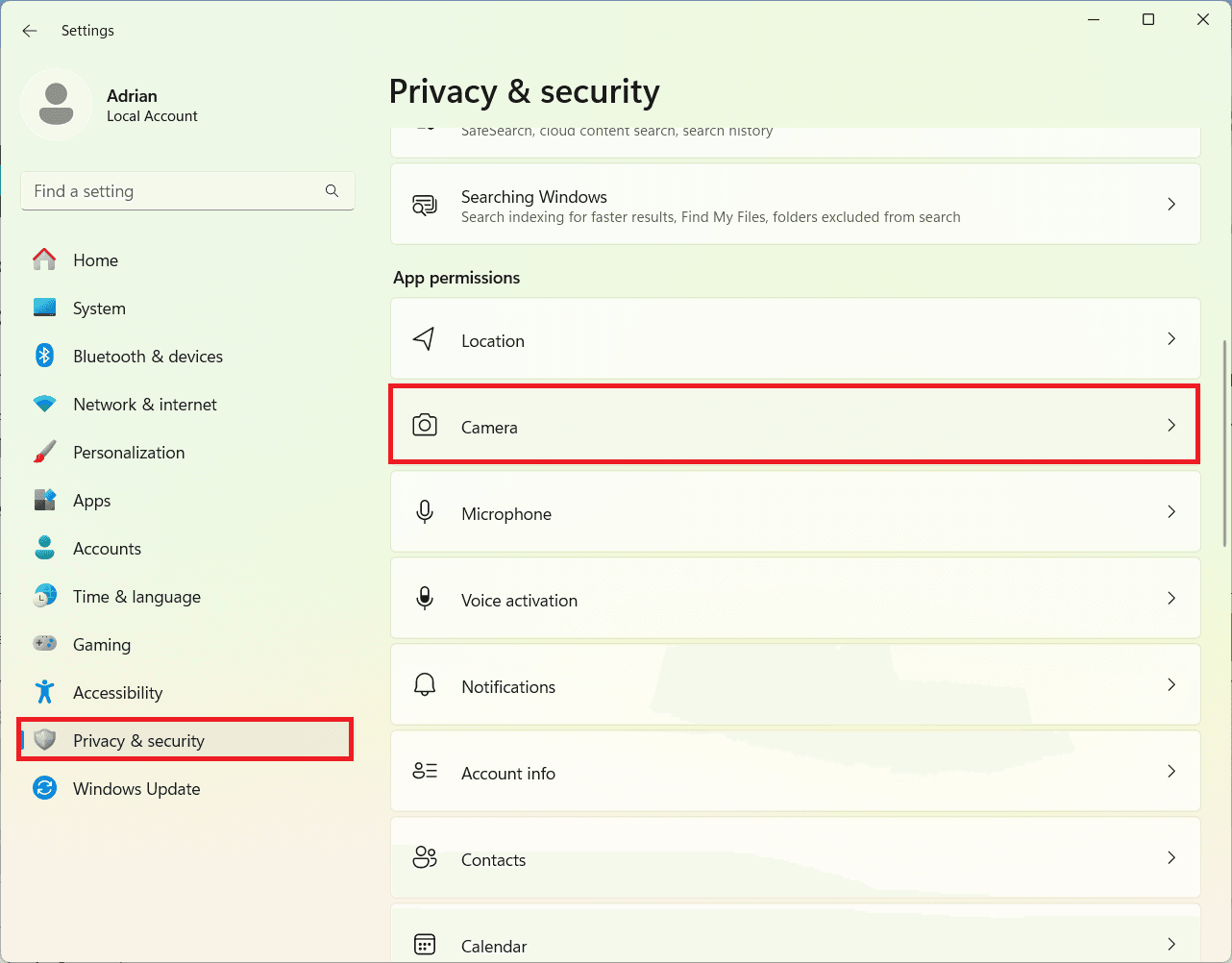
- Scroll to the Allow applications to access your camera section and disable access for unnecessary software.
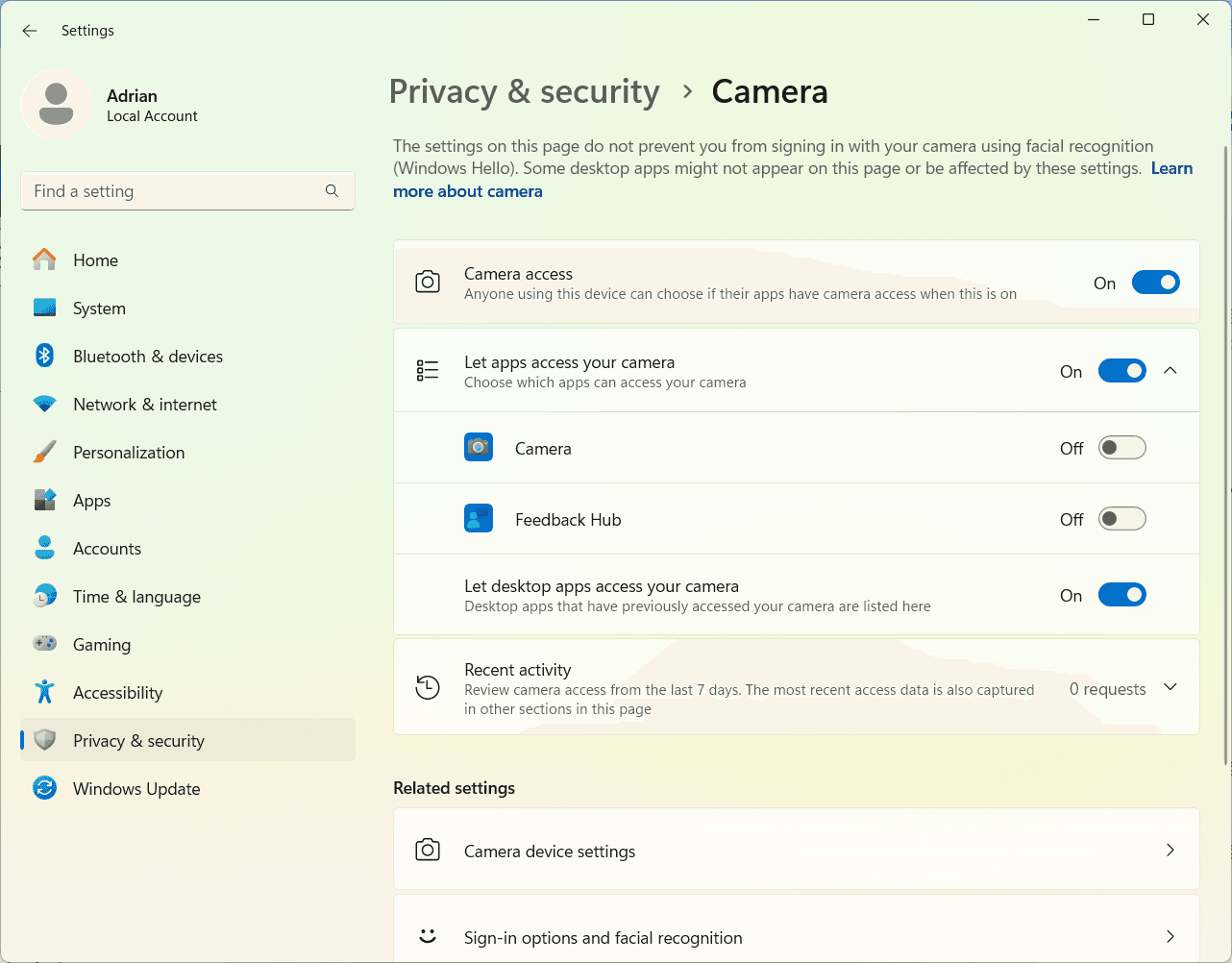
A little further down, you’ll find the Allow desktop applications to access your camera section. Check that only trusted applications are listed.
Suspicious connections on your network
A hacker exploiting your webcam needs to transmit the captured images to a remote server. Monitor your network activity with tools such as Windows Task Manager, macOS Activity Monitor or an advanced firewall. An unusual connection from an unknown program may indicate data theft in progress.
See our article: How to disable the webcam on Windows?
A webcam can be remotely activated without switching on its LED indicator, but this depends on the model and built-in protection. Some malicious software (malware) exploits loopholes to disable the LED indicator and record discreetly. However, modern webcams incorporate hardware safeguards to prevent this. To protect yourself, we recommend covering your camera, using antivirus software and checking the permissions of applications accessing the webcam.


